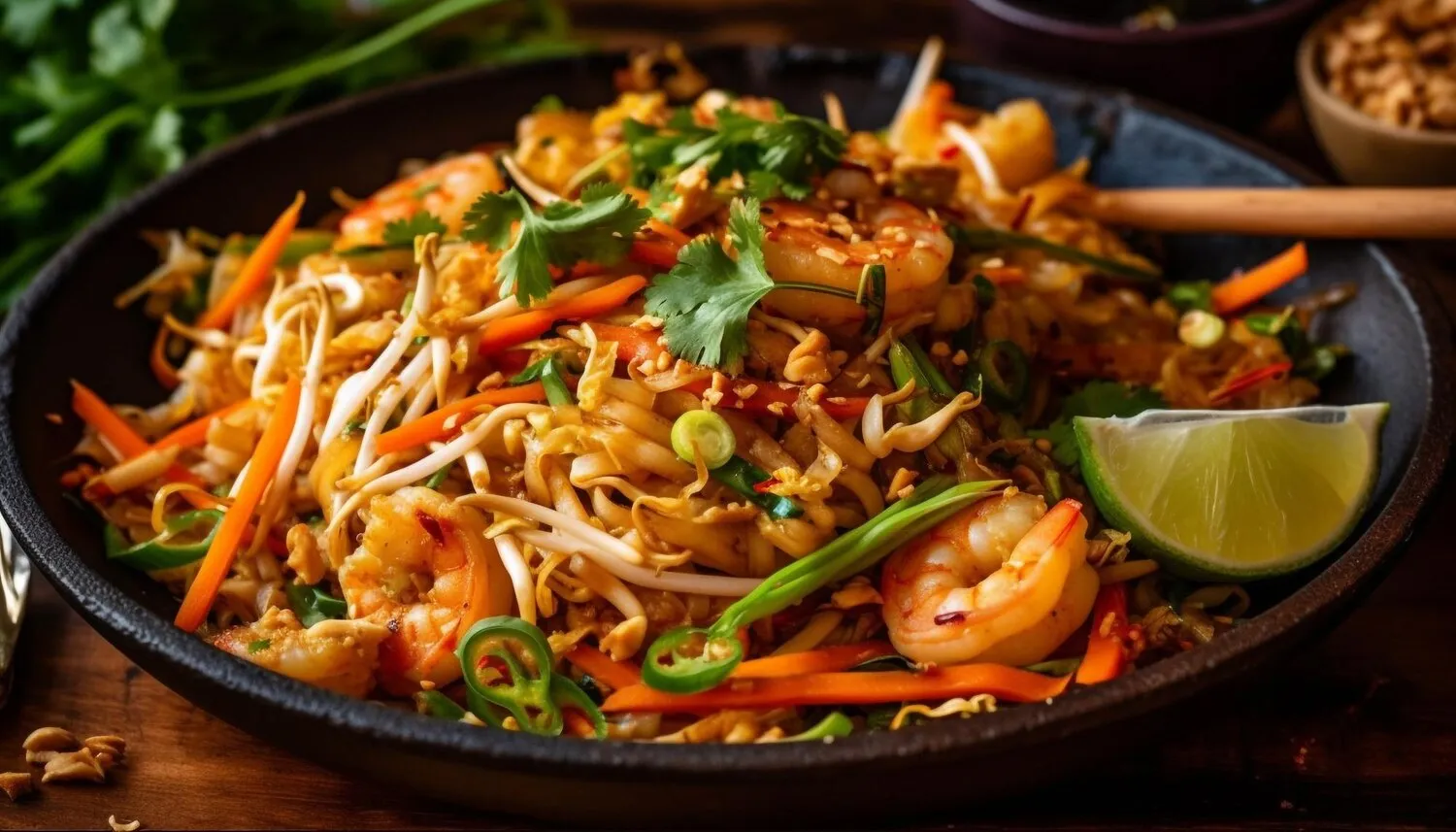
Hand-Ripped Noodles
Signature dish featuring thick, hand-ripped noodles in a savory sauce, often with meat and vegetables. They are known for being chewy and flavorful.
Nutrition Facts
* The % Daily Value (DV) tells you how much a nutrient in a serving of food contributes to a daily diet. 2,000 calories a day is used for general nutrition advice.
Hand-ripped noodles, also known as Biang Biang noodles or Dao Xiao Mian, have a long history in China, particularly in the Shaanxi province. The exact origins are debated, but they are believed to have evolved from simple, peasant fare into a beloved regional specialty. The noodles' unique preparation method and distinctive flavor profile reflect the culinary traditions of the region.
Hand-ripped noodles are deeply embedded in Chinese food culture, especially in Shaanxi province. They represent a culinary tradition passed down through generations and are often associated with family gatherings and celebrations.
Regional Specialty
In Shaanxi province, hand-ripped noodles are considered a staple food, found in countless restaurants and street food stalls. They are a source of regional pride and a must-try dish for visitors.
Family Tradition
Making hand-ripped noodles at home is often a family affair, with each member contributing to the preparation process. This tradition strengthens family bonds and preserves culinary heritage.
Symbol of Good Fortune
The long, unbroken strands of the noodles can symbolize longevity and good fortune, making them a popular dish for special occasions like birthdays and Lunar New Year.
Hand-ripped noodles are characterized by a savory and often spicy flavor profile. The chewiness of the noodles complements the rich and complex sauces they are typically served with.
The savory flavor comes from the combination of soy sauce, vinegar, chili oil, garlic, and often ground meat such as pork or beef. Vegetables like bok choy, spinach, or bean sprouts add freshness and texture. The chili oil provides a spicy kick that can be adjusted to personal preference. The balance of umami, acidity, spice, and sweetness creates a complex and satisfying taste.
Dough Consistency
The dough should be firm and elastic, not too sticky or dry. Resting the dough allows the gluten to relax, making it easier to stretch and rip.
Noodle Thickness
Experiment with different noodle thicknesses to find your preferred texture. Thicker noodles will be chewier, while thinner noodles will cook faster.
Sauce Adjustment
Adjust the sauce ingredients to your taste preferences. Add more chili oil for extra spice, or increase the vinegar for a more tangy flavor.
Freshness Matters
Using fresh, high-quality ingredients will significantly enhance the flavor of the dish. Whenever possible, use freshly made noodles and locally sourced vegetables.
Explore additional Noodles dishes and restaurants
Explore NoodlesDiscover top dining spots and culinary experiences in Galway.
Explore GalwayLearn more about the food culture, restaurant scene, and culinary heritage of Ireland.
Explore Ireland